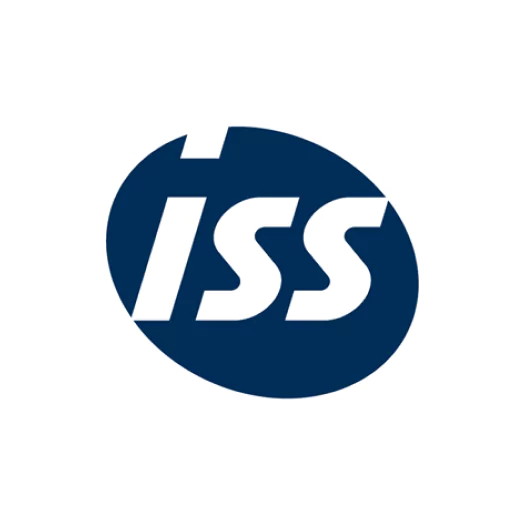In today’s competitive business environment, retaining top talent has become increasingly challenging. High turnover rates can disrupt team dynamics and impede organizational growth, making effective retention strategies essential.Common issues with employee retention include inadequate compensation, limited career growth, and lack of recognition. These factors often lead to decreased engagement and increased attrition, highlighting the need for strategic improvements.
In Malaysia, talent retention is a major concern as voluntary turnover rates have sharply increased. This underscores the need for organizations to adopt effective strategies to reduce turnover and sustain a high-performing workforce.
This article explores the top 15 employee retention strategies and highlights how solutions like HashMicro HRM Malaysia can aid in retaining top talent. Discover how leveraging the right tools can transform your retention approach.
Key Takeaways
|
Table of Content
Content Lists

What is Employee Retention?
Employee retention refers to the strategic efforts made by an organization to keep its valuable employees and minimize turnover. It is essential for maintaining operational efficiency and is often supported by key employee retention strategies that enhance workforce loyalty and workplace satisfaction. At its core, retention focuses on creating an environment that fosters employee engagement and commitment.
Implementing a well-designed employee retention strategy can significantly boost productivity and reduce hiring costs. Recruitment software can play a vital role in this process by helping HR leaders identify candidates who are more likely to stay long-term, thus ensuring a stable and motivated team. These tools streamline the hiring process, making it easier to find the right fit for the company culture.
Effective retention strategies are crucial for HR leaders and managers aiming to build an engaged workplace. By focusing on these strategies, organizations can drive business sustainability and encourage employees to commit to the organization for the long term. This commitment not only enhances workplace satisfaction but also contributes to the overall success of the business.
Why Employee Retention Matters

Every organization must prioritize employee retention because losing top talent comes with significant costs. Replacing an employee can cost three to four times their salary and also disrupt productivity, drain valuable knowledge, and weaken workplace culture. High turnover rates can significantly impact team alignment, employee motivation, and overall productivity.
Employees preparing to leave often become unmotivated, reducing their contributions to the team and slowing progress toward long-term goals. Companies can foster a more committed workforce by focusing on employee engagement and retention, preventing these issues from escalating. Fortunately, HR teams can make a difference, as a significant portion of employee turnover is preventable with the right approach.
Organizations can create a proactive retention program by identifying the root causes of dissatisfaction and adopting key employee retention strategies. In the sections ahead, we’ll explore 15 actionable ways to retain employees and build a robust and loyal team.
Top 15 Employee Retention Strategies

Retaining top talent is a priority for every successful organization, and achieving it requires thoughtful strategies tailored to employee needs. By understanding what motivates employees and addressing key factors like engagement, development, and workplace satisfaction, businesses can create a supportive work environment.
Here are the best 15 employee retention strategies to help you keep your most valuable team members while fostering loyalty and productivity:
-
Provide Competitive Salaries or Wages
Offering fair and competitive pay is essential for retaining talented employees. When compensation aligns with industry standards and reflects individual contributions, employees feel valued and appreciated. This not only encourages loyalty but also boosts morale and productivity.
-
Allow Employees to Work Remotely
Remote work options provide the flexibility that modern employees desire, fostering trust and autonomy. By enabling remote work, companies demonstrate confidence in their employees while enhancing job satisfaction. This flexibility often translates into increased productivity and a better work-life balance.
-
Offer Flexible Schedules and Shorter Workdays
Flexible schedules allow employees to balance their professional duties with personal commitments effectively. This approach reduces stress and improves morale, creating a more satisfied workforce. Shorter workdays can also increase productivity by preventing burnout and fatigue.
-
Encourage a Healthy Work-Life Balance
Supporting work-life balance shows employees that their health and happiness matter to the organization. Encouraging this balance reduces stress and prevents burnout, which are common reasons for employee turnover. Employees who feel their personal lives are respected are more likely to stay committed to their roles.
-
Acknowledge and Reward Employee Efforts
Recognition is a powerful tool for fostering loyalty and dedication within a team. Regularly celebrating achievements, whether through formal rewards or simple acknowledgments, motivates employees to continue excelling. This practice also strengthens their emotional connection to the company.
-
Build a Positive and Inclusive Workplace Culture
A positive and inclusive culture makes employees feel valued and connected to their peers and the company. When people enjoy their work environment, they are likely to stay long-term and contribute their best. Inclusivity ensures that everyone feels respected, regardless of their background or role.
-
Engage Employees Through Regular Communication
Open communication fosters trust and ensures employees feel heard and respected. Regular feedback sessions and check-ins help address concerns before they escalate, creating a more supportive environment. Employees who feel their opinions matter are more engaged and committed.
-
Promote Teamwork and Collaboration
Encouraging teamwork builds camaraderie and fosters a sense of shared purpose among employees. A collaborative environment boosts morale and strengthens interpersonal relationships, making the workplace more enjoyable. The right tools, such as a reliable HR management system Malaysia, can enhance team collaboration and employee engagement.
-
Address and Prevent Employee Burnout
If not addressed promptly, burnout can lead to disengagement and high turnover. Providing manageable workloads, mental health support, and regular breaks helps employees maintain their energy and focus. Preventing burnout ensures that employees stay motivated and productive in the long run.
-
Introduce Wellness Programs for Staff Health
Wellness programs show that the company values its employees’ physical and mental health. Initiatives like gym memberships, meditation sessions, or health workshops improve overall well-being. Healthy employees are more engaged, productive, and likely to stay with the organization.
-
Offer Additional Job Benefits and Perks
Unique perks like tuition reimbursement, wellness stipends, or childcare support make a company more attractive to employees. These benefits show appreciation and exceed standard compensation packages, enhancing employee satisfaction.
-
Support Employees’ Professional and Personal Growth
Providing training programs, mentorship, and career advancement opportunities helps employees see a future within the company. Growth opportunities demonstrate the company’s commitment to employee success, fostering long-term loyalty.
-
Hire Individuals Who Fit the Company Culture
Hiring employees who align with the company’s values and work environment ensures better long-term retention. Cultural fit reduces workplace conflicts and helps employees feel more connected to their roles.
-
Focus on Strategies to Retain Employees
Retention efforts like mentorship programs, career mapping, or succession planning demonstrate that employees are valued. These targeted strategies strengthen employee engagement and build trust in the organization’s commitment to their future.
-
Handle Employee Departures with Professionalism
Managing resignations with professionalism leaves a positive impression on departing employees. This approach maintains goodwill and can pave the way for future collaborations or rehires. Exit interviews and thoughtful goodbyes also provide valuable insights to improve retention efforts.
Why Employees Leave and Why They Stay
Understanding why employees leave is crucial for developing effective employee retention strategies. While it’s essential to focus on keeping talent, analyzing the reasons behind departures offers valuable insights for improvement. Common reasons for leaving include inadequate pay, burnout, limited growth opportunities, and dissatisfaction with management or company culture. These factors highlight areas where organizations can improve employee engagement and workplace satisfaction.
To address these issues, companies can implement strategies such as offering competitive salaries and career development programs. Utilizing tools like payroll software Malaysia can ensure fair and timely compensation, which directly impacts employee satisfaction. Additionally, work-life balance initiatives can help reduce burnout, making employees feel more valued and supported.
Moreover, fostering a positive workplace culture and providing clear paths for advancement are key employee retention strategies. Recruitment software can assist in identifying candidates who align with the company’s values, further enhancing workplace harmony. By learning from employee departures and enhancing the work environment, companies can create a more effective approach to retaining their best talent.
How to Create Your Employee Retention Strategy

Creating a robust employee retention strategy requires a deep understanding of your business’s unique needs and employee expectations. By identifying the most impactful actions tailored to your workforce, you can build an approach that fosters loyalty and satisfaction. Here are essential steps to craft an effective strategy that prioritizes both employee engagement and retention:
- Assess Your Employees’ Needs: Identify what matters most to your employees. Use surveys or feedback sessions to understand their expectations regarding pay, professional development, wellness benefits, and work-life balance.
- Focus on Key Employee Retention Strategies: Prioritize the strategies that align with your business capabilities. Options like competitive salaries, wellness programs, flexible scheduling, and work-from-home opportunities can significantly improve employee engagement and retention.
- Promote a Healthy Work Environment: Build a culture of recognition, teamwork, and open communication. These elements create a supportive environment where employees feel valued, making them less likely to leave.
- Customize Based on Your Business Type: Not all strategies apply to every business. For instance, industries that require on-site presence can focus more on work-life balance and reducing burnout instead of offering remote work.
- Invest in a Long-Term Retention Program: Establish a consistent retention program that evolves with employee needs. By maintaining a proactive approach, your company can stay ahead of turnover challenges and retain top talent effectively.
These steps form the foundation for retaining employees while addressing their diverse needs and enhancing loyalty to your organization.
Maximize Employee Retention Strategies Using HashMicro HRM
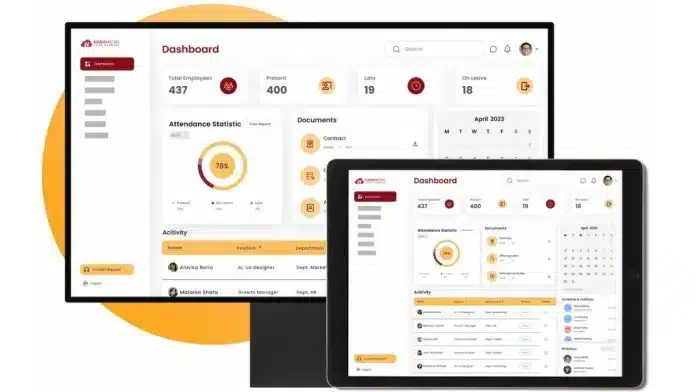
HashMicro HR management system Malaysia stands out as a powerful tool to address the critical challenges of employee retention. By automating and streamlining core HR functions, it reduces administrative burdens and allows HR teams to focus on fostering a supportive and engaging workplace environment.
HashMicro’s HRM Software is a comprehensive solution designed to help businesses effectively implement and enhance employee retention strategies. With advanced features for managing payroll, tracking employee performance, and streamlining recruitment processes, it empowers HR teams to foster engagement and ensure long-term workplace satisfaction.
If you want to learn more about how HashMicro’s HRM software can maximize your employee retention strategy, you can try a free demo today. This hands-on experience will provide insights into its capabilities and how it can enhance your HR operations to retain top talent.
Some key features of HashMicro’s HRM software include:
- Employee Development & Training Plan with eLearning Management: Provide structured training and development opportunities to enhance employee skills and career growth. Integrated eLearning ensures continuous learning and fosters employee engagement.
- Talent Management with KPI Tracking: Monitor employee performance through measurable KPIs, ensuring alignment with organizational goals. This feature helps identify top performers and areas for improvement, boosting morale and retention.
- 360-Degree Appraisal with Manager, Peer, Subordinate, and External Reviewer: Encourage comprehensive employee feedback, promoting evaluation fairness and transparency. A balanced appraisal process fosters trust and motivates employees to stay.
- Competency Gap Analysis and Competency Match in Evaluations: Identify gaps in skills and match employees with suitable roles or training. This ensures employees feel valued and see clear growth opportunities within the organization.
- Employee Suggestion Career Plan with Competency Match: Empower employees to plan their career paths aligned with their skills and interests. This personalized approach improves employee satisfaction and loyalty.
- In-Depth Performance Analysis with Nine-Box Matrix: Evaluate employee potential and performance comprehensively to plan succession and development strategies. This data-driven feature ensures the retention of high-potential talent.
- Internal Learning Management System (LMS): Centralize training resources and offer accessible learning opportunities to all employees. An internal LMS supports skill development and long-term retention.
- Succession Planning: By identifying and grooming future leaders, prepare for internal mobility and leadership transitions. This feature demonstrates a commitment to employee growth and builds long-term loyalty.
In addition to these features, HashMicro’s HRIS system offers seamless integration with third-party systems, data attendance management, and efficient data flow across platforms. It is also highly customizable, allowing companies to tailor their functionalities to meet specific HR needs, from recruitment to retention-focused initiatives.
Conclusion
Employee retention strategies are crucial for any organization aiming to nurture a loyal and high-performing workforce. By leveraging effective employee retention strategies, managers can address employee needs while fostering workplace satisfaction and engagement. With the right tools, such as advanced HR management system Malaysia, companies can streamline their retention efforts and enhance their overall HR operations.
HashMicro’s HRM software offers a comprehensive solution for businesses to simplify and strengthen their retention strategies. With features like KPI tracking, employee development plans, and seamless integration, HashMicro empowers companies to retain their top talent effectively.
Are you ready to see how HashMicro’s HRM software can transform your employee retention strategy and boost workplace satisfaction? Try a free demo today and consult with our professional team for solutions tailored to your organization’s unique needs.

FAQ about employee retention
-
What is meant by employee retention?
Employee retention refers to an organization’s efforts to keep its valuable employees and minimize turnover. It involves implementing strategies that enhance job satisfaction, engagement, and loyalty, ensuring a stable and motivated workforce.
-
What are the 3 R’s of employee retention?
The 3 R’s of employee retention are Recognition, Rewards, and Respect. Recognizing achievements, offering rewards for performance, and fostering a respectful workplace culture are key to keeping employees engaged and committed.
-
Why is staff retention important?
Staff retention is crucial because it reduces the costs associated with hiring and training new employees. It also maintains team stability, preserves institutional knowledge, and enhances overall productivity and morale within the organization.
-
What is good employee retention?
Good employee retention means maintaining a low turnover rate by creating a positive work environment where employees feel valued and supported. It involves offering competitive compensation, growth opportunities, and fostering a culture of engagement and satisfaction.








